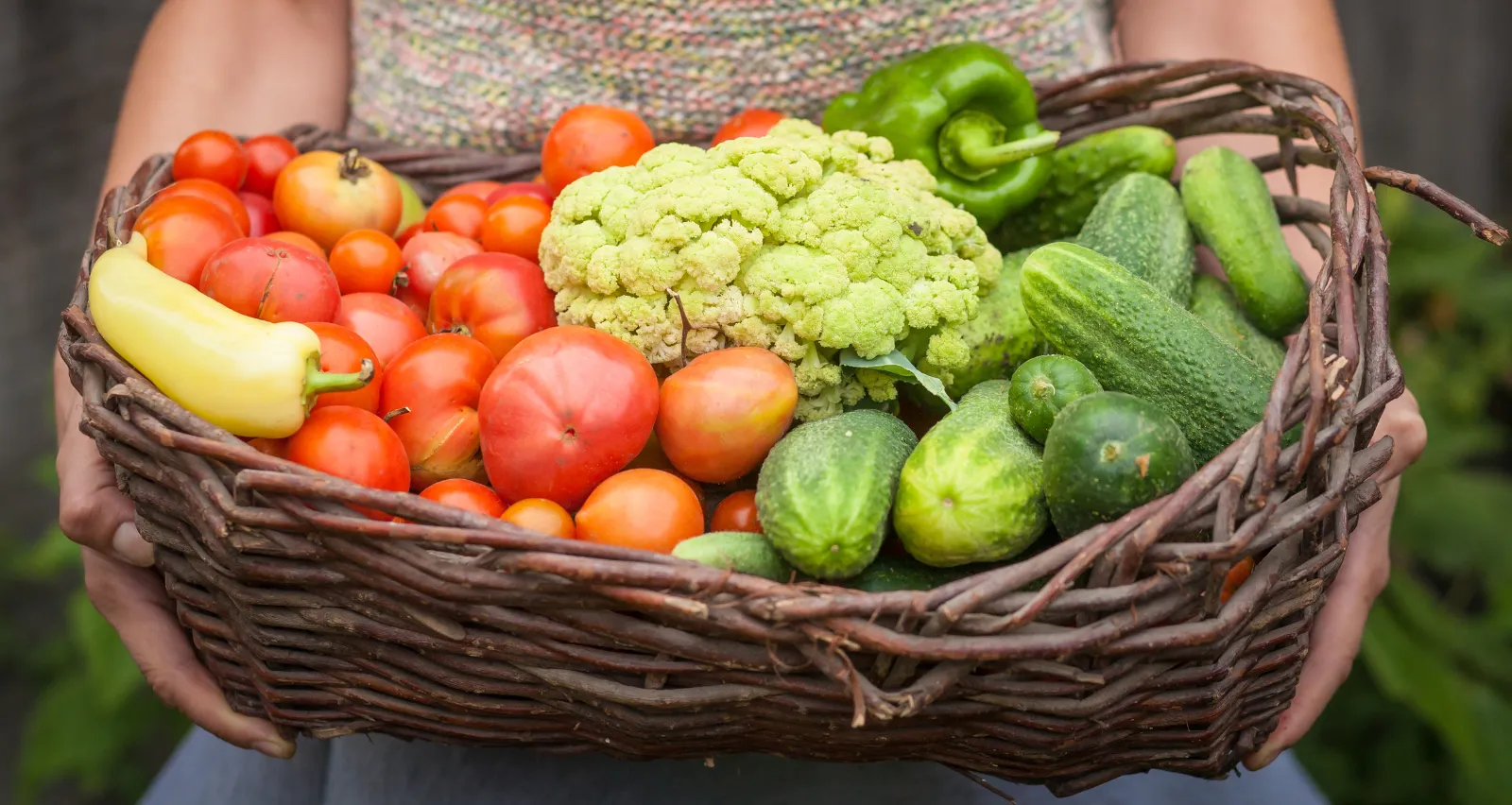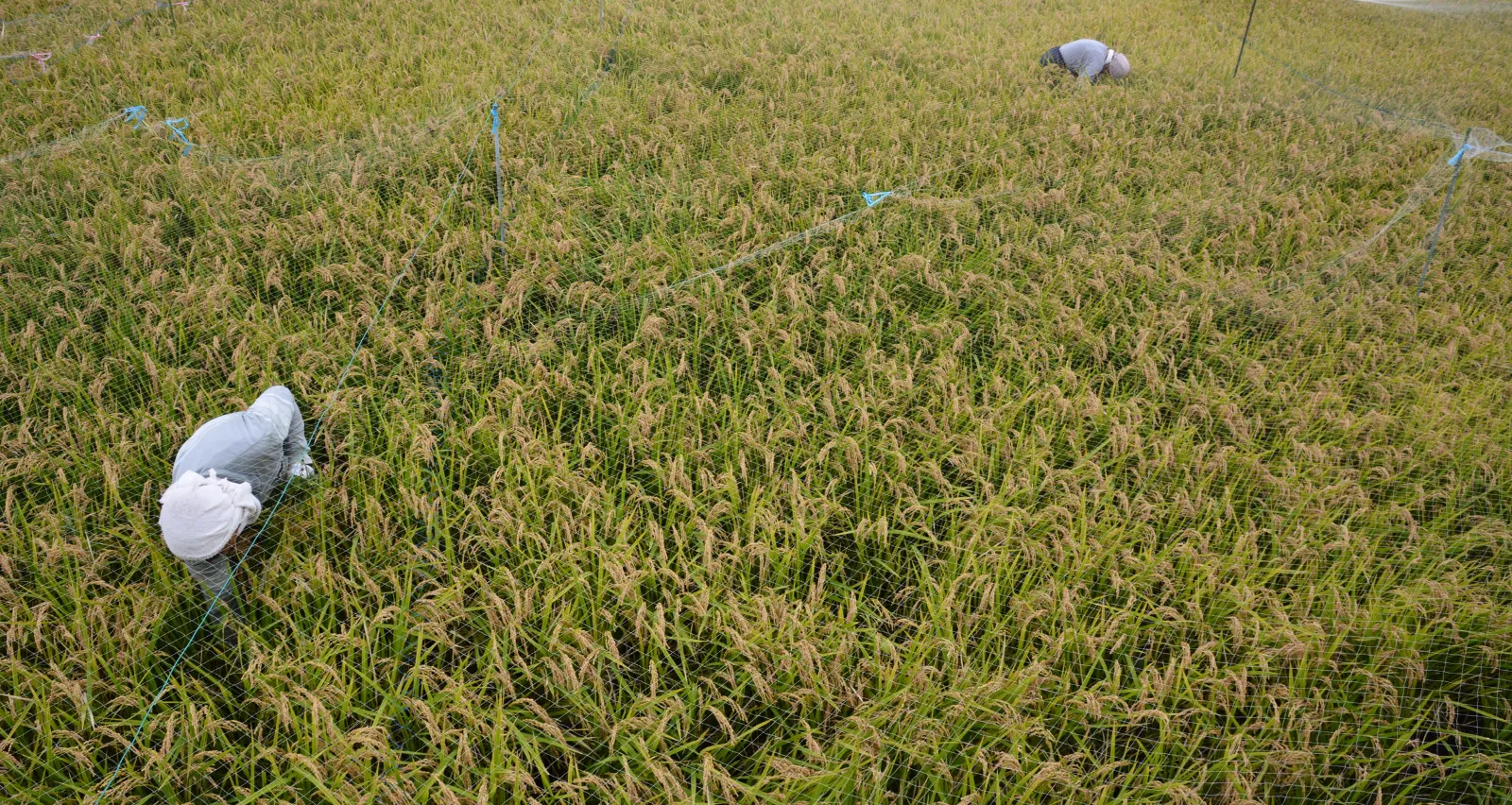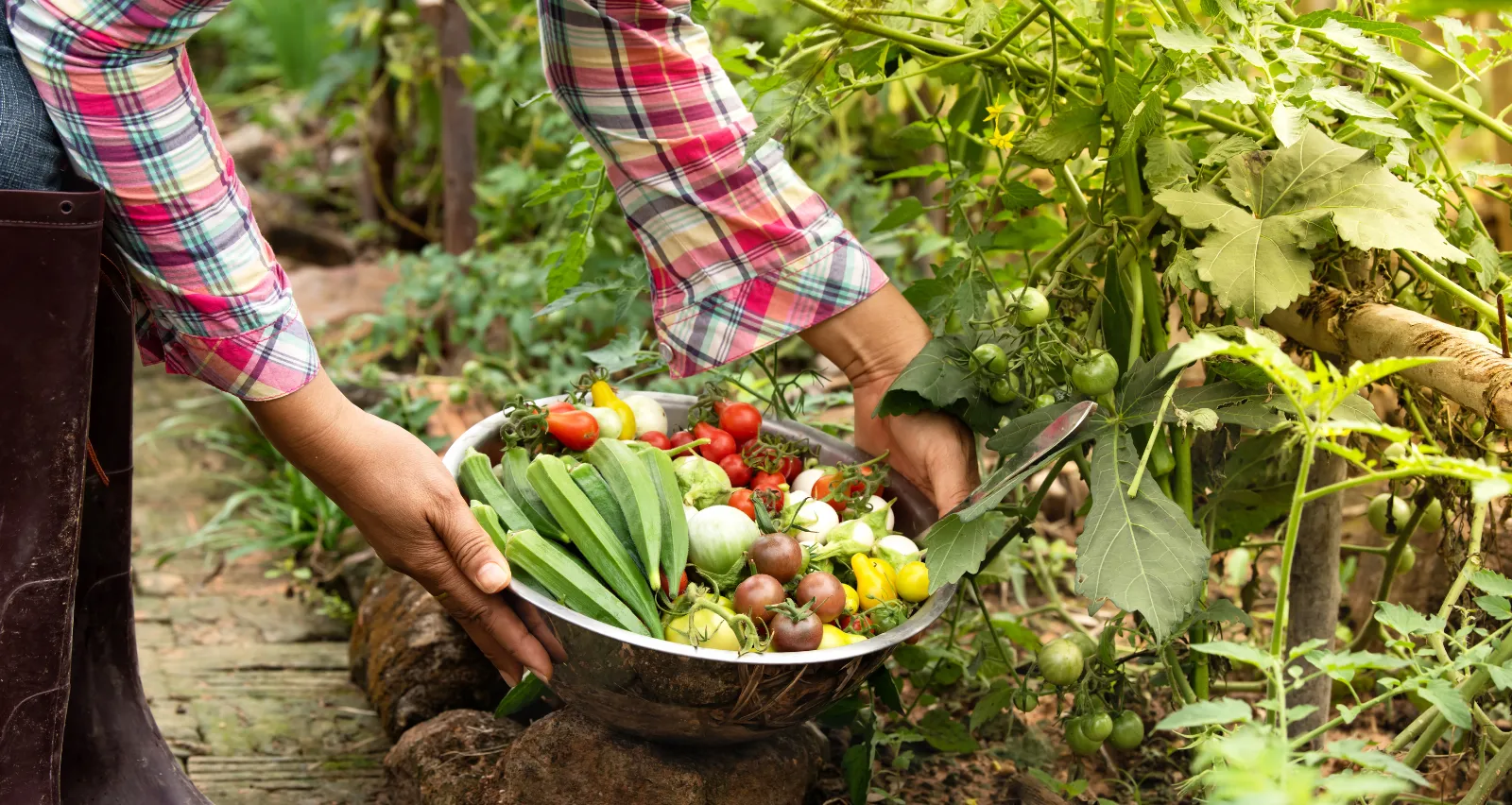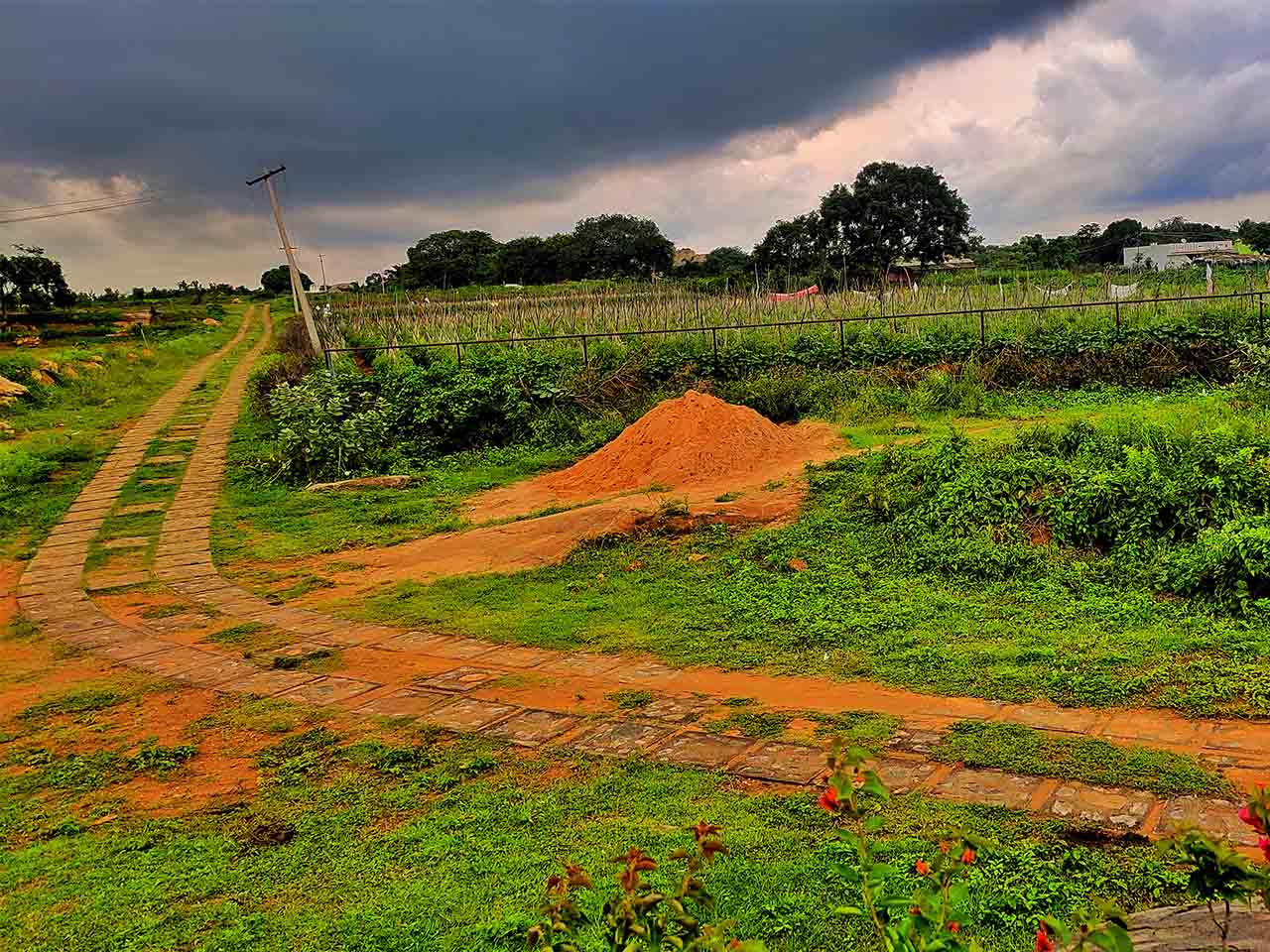
Agriculture forms the backbone of Karnataka’s economy, playing a crucial role in the livelihood of its population. Here are five important facts about agriculture in this vibrant state:
1. Diverse Agricultural Seasons
Agriculture near Bangalore thrives throughout the year, divided into three distinct seasons: Kharif, Rabi, and Summer. Each season supports the cultivation of various crops, ensuring continuous agricultural activity and productivity.
- Kharif Season (April to September): This season witnesses the cultivation of major crops like millets, paddy, maize, groundnut, sugarcane, red chillies, soybean, cotton, rice, and turmeric. Notably, Karnataka stands out as the largest producer of rice in India during the Kharif season. Sugarcane is also a significant cash crop in this period.
- Rabi Season (October to December): Wheat, mustard, barley, sesame, and peas dominate this season. Known for its bountiful harvests, the Rabi season is essential for sustaining the state’s food supply.
- Summer Season (January to March): This period is crucial for the cultivation of short-duration crops and the implementation of innovative farming techniques.
2. Leading Rice and Sugarcane Production
Karnataka is a powerhouse in rice production during the Kharif season, making it a staple food crop in the state. Sugarcane also plays a pivotal role as the most produced cash crop. The state’s fertile land and favorable climatic conditions contribute to its leading position in these crops, supporting both local consumption and export.
3. Organic Farming Initiatives
Karnataka has embraced organic farming to reduce chemical usage and promote eco-friendly agricultural practices. This transition not only helps in maintaining soil fertility but also ensures the production of healthier and more sustainable crops. The state has seen a significant rise in organic farms, with farmers adopting methods that minimize chemical residues and enhance environmental sustainability.
4. Government Schemes Boosting Agriculture
Several government schemes have been implemented to accelerate agricultural growth in Karnataka. These schemes aim to provide financial assistance, improve soil health, and enhance overall productivity. Key initiatives include:
- National Food Security Mission (NFSM): Focuses on increasing the production of rice, wheat, pulses, and coarse cereals.
- Soil Health Card Scheme: Provides farmers with soil health cards to promote balanced use of fertilizers.
- Krishi Bhagya: Aims to improve water conservation and irrigation efficiency.
- Rashtriya Krishi Vikas Yojana (RKVY): Enhances the overall development of agriculture and allied sectors.
5. Rich Soil and Diverse Crop Cultivation
Areas near Bangalore have a diverse soil types support the cultivation of a wide range of crops. The North-Western region, known for its black soil, is particularly conducive to growing cotton, peanuts, and oilseeds. This diversity in soil types across the state allows farmers to grow a variety of crops, contributing to Karnataka’s agricultural richness.
In conclusion, agriculture in Karnataka is characterized by its year-round productivity, leading production of key crops, innovative organic farming practices, supportive government schemes, and diverse soil types. These factors collectively sustain the state’s agricultural economy and ensure food security for its population. Keywords such as “Karnataka agriculture,” “Kharif season crops,” “Rabi season crops,” “organic farming in Karnataka,” and “government schemes for farmers in Karnataka” can help you discover more about the dynamic agricultural landscape in this southern state.









